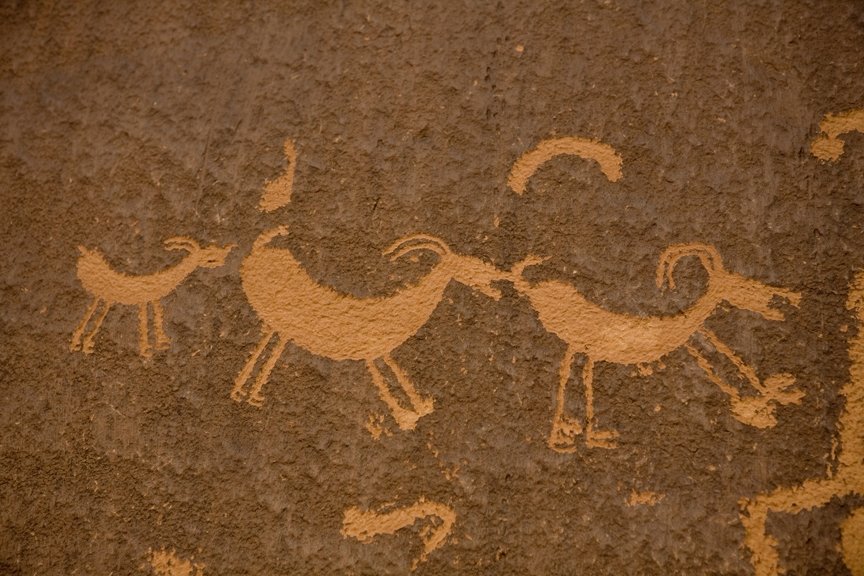In the dead of winter, there's nothing quite like a warm day on splitter cracks and sun-baked boulders. Deserts are home to some of our country's most iconic climbing destinations—from Red Rock Canyon in Nevada, to the majestic Joshua Tree in California, to the rugged boulder fields of Joe’s Valley Utah, and many more. These stark landscapes are uniquely fragile and full of life, and there are a few specific minimum-impact practices that climbers should keep in mind.
When it comes to protecting climbing landscapes, Access Fund has your back on the big stuff, like buying threatened crags, influencing policy in Washington, D.C., and putting Conservation Teams in the field to restore beat-down climbing areas. But we need climbers to pitch in on the everyday stuff—starting with specific practices that climbers can put into action to help conserve the environment. As you’re planning your next desert climbing adventure, here are four easy ways to be a minimum impact hero and help protect these amazing landscapes.
1. Camp in established sites or on durable surfaces.
Flat rocks like this provide a nice durable surface for camping. © John Dickey
Biocrust is the dark, crumbly-looking soil that is common in desert environments. It acts as a living soil crust on the desert floor, drawing nutrients in while protecting the landscape from erosion by wind and rain. This crust can be destroyed with a single step and takes decades to regenerate. Try not to crush it.
2. Stick to existing roads and established paths.
This trail concentrates foot traffic and protects all that plant life. © Andrew Burr
At first glance, the desert may seem like a barren landscape where it’s OK to forge your own path. But this fragile environment is full of delicate plant life that is highly vulnerable to impacts. Limited moisture and intense sun exposure create difficult growing conditions, and driving or walking over plants will kill them and compromise the sustainability of the landscape—making it much more susceptible to erosion.
3. If there aren’t toilet facilities, pack out all human and pet waste.
Think someone is coming back for that poop bag? © Irene Yee
Desert soil lacks the microorganisms to biodegrade human and pet waste, meaning that poo you leave under a rock could be there for years, creating a biohazard and an unpleasant experience for other visitors. Even buried poop can’t decompose. We recommend the RESTOP bag, which is easy to use and seals the stink.
4. If you encounter petroglyphs, rock art, pottery shards, and historic caves look but don’t touch.
Amazing evidence of early human history. © Andrew Burr
The oils on our fingers, the chalk on our hands, and the rubber on our shoes can ruin these remnants of human history. The Archaeological Resources Protection Act makes it a federal crime to destroy (or steal) cultural resources, even if it's unintentional. Many of these desert landscapes are home to indigenous communities who connect spiritually and physically with the land and rely upon the canyon walls, boulder clusters, and limited plant life for food, shelter, and celebration. It's a history worth preserving.
The Climber's Pact
Join thousands of other climbers across the country in making a few minor adjustments to your climbing practice that will protect our outdoor landscapes and the climbing experience we love. The future of our sport depends on it.






